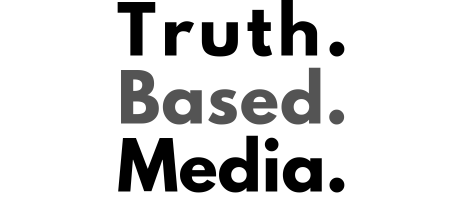The doom loop hasn’t doomed San Francisco yet, but there are still ominous signs that it hasn’t been completely avoided either.
Regular readers will know that the concept of a doom loop has a number of moving parts. Fewer workers downtown leads to empty office buildings and closing businesses as, without as much foot traffic, many of those businesses can’t survive. All of this also leads to a downturn in taxes (much of which comes from commercial real estate and business taxes) leaving the city less money to fund public services like public safety, street cleaning, homeless services and public transportation.
The loop part of the “doom loop” comes from the idea that as taxes decline and public services with them, ever fewer people will want to visit downtown. But the real make or break factor could be public transportation. Making it less convenient or more expensive to bring people into the city is potentially a game changer. Each time you cut service, you are making it less likely that the city can recover from its other problems. It locks in the economic downturn and points the city in a bad direction economically.
In San Francisco, there is still a real chance that could happen. This week the San Francisco Municipal Transportation Agency (SF Muni) warned that it was facing big budget deficits that would necessitate major cuts in services unless new funding can be found.
Agency staff said Wednesday during a weekly meeting of the Muni Funding Working Group — a coalition of city leaders and members of the public dedicated to identifying solutions and providing recommendations to address what is projected to be an up-to-$322 million shortfall SFMTA faces in the fiscal year beginning July 1, 2026 — will reduce the frequency of buses and stops on a handful of lines early next year…
San Francisco Chief Economist Ted Egan said Wednesday that although rider habits have changed substantially since the COVID-19 pandemic, Muni remains as vital as it has ever been to San Francisco’s economy.
“The City’s recovery really hinges on how accessible we make San Francisco to work, shopping, and recreational opportunities,” Egan said.
There is no city-wide recovery without public transportation, but there’s also no clear source of money to replace what has been lost by a decline in ridership. California is facing its own big budget deficits which mean help probably won’t be found there and the election of Trump (plus GOP control of the House and Senate) means federal help is also very unlikely. […]
— Read More: hotair.com
What Would You Do If Pharmacies Couldn’t Provide You With Crucial Medications or Antibiotics?
The medication supply chain from China and India is more fragile than ever since Covid. The US is not equipped to handle our pharmaceutical needs. We’ve already seen shortages with antibiotics and other medications in recent months and pharmaceutical challenges are becoming more frequent today.
Our partners at Jase Medical offer a simple solution for Americans to be prepared in case things go south. Their “Jase Case” gives Americans emergency antibiotics they can store away while their “Jase Daily” offers a wide array of prescription drugs to treat the ailments most common to Americans.
They do this through a process that embraces medical freedom. Their secure online form allows board-certified physicians to prescribe the needed drugs. They are then delivered directly to the customer from their pharmacy network. The physicians are available to answer treatment related questions.
Reach out to Jase Medical today and use promo code “Rucker10” for $10 off your order.
Important: Our sponsors at Jase are now offering emergency preparedness subscription medications on top of the long-term storage antibiotics they offer. Use promo code “Rucker10” at checkout!


